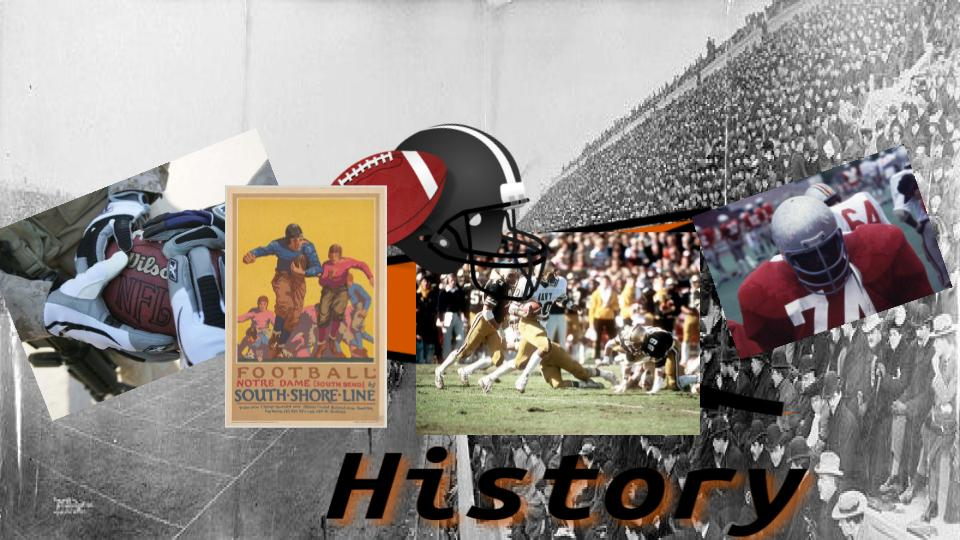Beyond the gridiron action, the football community is filled with inspiring individuals making a positive impact. Explore Off-Field Spotlight Stories to read about the commendable actions and uplifting contributions of football celebrities away from the playing field. These stories highlight the character and community spirit that often intertwine with the sport, showcasing positive plays that extend far beyond touchdowns and tackles.
Delve into the regional roots that have significantly shaped American football by visiting Western PA Football History. Discover the profound impact that Western Pennsylvania has had on the development and popularization of the game, uncovering the area's unique contributions and the legendary figures it has produced. This section celebrates a crucial part of football's heritage.





